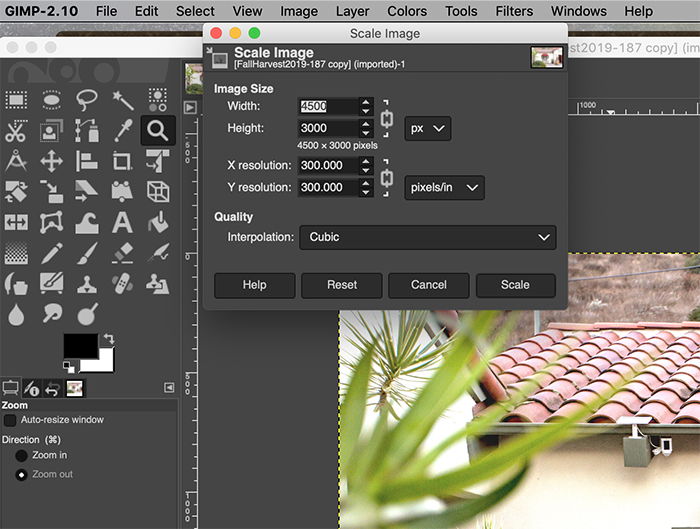

If your image involves transparency in some way (say, a non rectangular logo), choose PNG. There are lots of options, but the two ones that you’ll probably want are JPEG or PNG.

The GIMP team did a great job on compatibility: you can work with all. Once you’ve finished working with an image, don’t just click save. The easy-to-use AI-powered tools streamline routine tasks, allowing you to focus. Once you’ve made these changes, the image will print in the size you chose. Click the pixel button next to the size to open a drop down menu, and choose your preferred units. If you’re printing, you’ll probably want to change it to centimetres. If you leave the lock on, it will automatically resize the dimension that you don’t alter to not create weird distortions. If you know the pixel size you want, just change the numbers. In this tutorial Ill be demonstrating 5 different ways you can delete the background of an image to transparent with GIMP. Once you have the finished image (when possible avoid scaling until after you’re done), go to the top toolbar and click image. If you’re planning on printing an image, you’ll want to scale it. In the interests of not making this introduction overly complex, it will stick to the general mechanics of GIMP that you may have trouble with. For example, to create a rectangle you click the rectangle drawing icon in the toolbar and drag until it is the size and position that you want. Video and text tutorials for the advanced features are common, and the simplest ones are mostly self-explanatory. Make sure that you move around layers as you import images in order to have the images visible in the way you want.ĭepending on your objectives, there are many different ways to edit and alter your images. If you’re having difficulties, make sure that you’re using the original file of an image, not one being displayed in a different application. To import images, just drag them into GIMP. Clicking the eye button next to a layer toggles whether or not you can see. As you work with images, you can play around with the layers to make interesting effects, such as changing the opacity and moving part of an image to a different layer in order to make selective changes. To make a new layer, just click the “New Layer” button in the Layers dock or go to the top toolbar, go to Layer and click New Layer. Changes you make will usually be saved on different layers, which you can move around, delete or alter. Layers are the main mechanism for using GIMP. Edit the skin, remove pimples, redness, red eye defects and perform semi. It is a fairly small file, so you shouldn’t have much difficulty running it. Use Gimp online to work with RAW files, using layers and third-party Gimp plugins. There are many features beyond what is included in this introduction, and online tutorials are easily accessible.ĭownload GIMP by going to and choosing the version for the operating system that you’re using. In many ways, it is similar to photoshop.
#How to use gimp professional#
GNU Image Manipulation Program (GIMP) is a free package that can be used to edit images on a professional level.


 0 kommentar(er)
0 kommentar(er)
